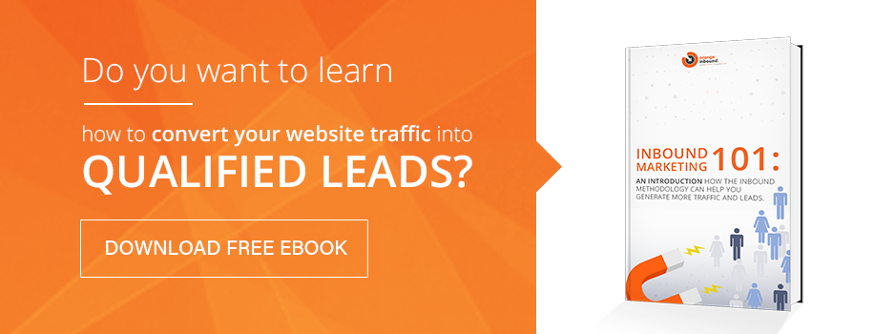Marketing your building materials can often feel like herding cats. It's easy to get caught up in all the different moving parts you must keep track of day to day: social media, SEO, blogging, paid advertising, attending events, analytics…oh my!
The possibilities really are endless when it comes to digital marketing these days, but perhaps one of the most effective channels still gets lost in the fray.
That channel is email.
Yes, I’m talking about the one thing that’s been at our disposal since the beginning of the Internet Age. It may feel old-school compared to the rest of today’s marketing tools, but email marketing can—and should—play a major part in promoting your building materials company online.
In fact, email is still consistently ranked among the most successful marketing tactics available, with a 2015 MarketingProfs survey placing it second only to direct website content in importance for B2B brands.
Of course, your emails can only reach that level of success if you build them right. So part one of this series on email marketing tips for the building materials industry will focus on a key part of email success: personalization.
The Importance of Personalization in Email Messaging
Again and again, research shows just how important personalization in your email marketing efforts truly is. One study, for example, found personalized emails to receive 6 times higher transaction rates than their counterparts. Another found that simply adding personalization in the subject lines increased open rates by 26%!
No less than 85% of brands have at least basic personalization strategies in place, which means that not tailoring your message to your audience can lead to your marketing strategy falling behind your competition.
But as the below tips show, the solution goes beyond simply adding a recipient's first name to each message.
Tip 1: Segment Your Recipients
Personalization of your email messages begins long before you design and write the actual content. In fact, it should start with effective list segmentation.
Not every lead and subscriber is created equal. They can differ significantly in terms of what they're looking for, what type of message they expect from you, and when.
Some prospects, for example, may be interested in general building materials information and news rather than your specific company and type of products. But others may be in the process of making a significant buying decision and are looking for actionable tips in finding the right materials for their construction needs.
Segmenting your audience allows you to design and send messages that relate more specifically to each of your prospective clients based on where they are in their buyer’s journey and what they need. They will be much more likely to take action when the right information is presented to them at the right time.
Tip 2: Address Relevant Pain Points
Every member of your target audience who engages with your brand and content likely has very specific pain points. They may be unhappy with their current supplier. They may be looking for insights on how to optimize their buying process. Or they simply need that final word of advice before completing their purchase.
To be personal, each of your emails should specifically address one of these pain points. Through a mix of singular focus and helpful content, you can ensure that your audience will appreciate each email as relating specifically to their situation.
Tip 3: Personalize The Content Itself
Finally, we come to what most marketers consider the heart and soul of personalized email marketing: the actual content. Through the effective use of your CRM data, you can dynamically substitute every contact attribute you have previously collected from your recipients into the email.
The most obvious application of that possibility is addressing each recipient by their first name. But of course, you can also go further. If you know the name of the business they represent, you can formulate sentences that can incorporate that business into the text itself. Depending on your CRM and email software (we prefer HubSpot, obviously), you can even change images and calls to action in the content of your email based on specific contact attributes, such as size of their business or what industry they’re in.
Finally, you should ensure that each of your email is sent not from a generic account, but from a relevant representative of your company. That representative may be a sales agent or a member of management—what matters is that it's a person who, from your audience’s perspective, would naturally send this email.
Personalization in email marketing matters, and it goes far beyond simply substituting the name of each recipients in the first line of your content. In part two of this email marketing series, we'll focus on lead nurturing as another crucial part of your efforts.
Stay tuned!

